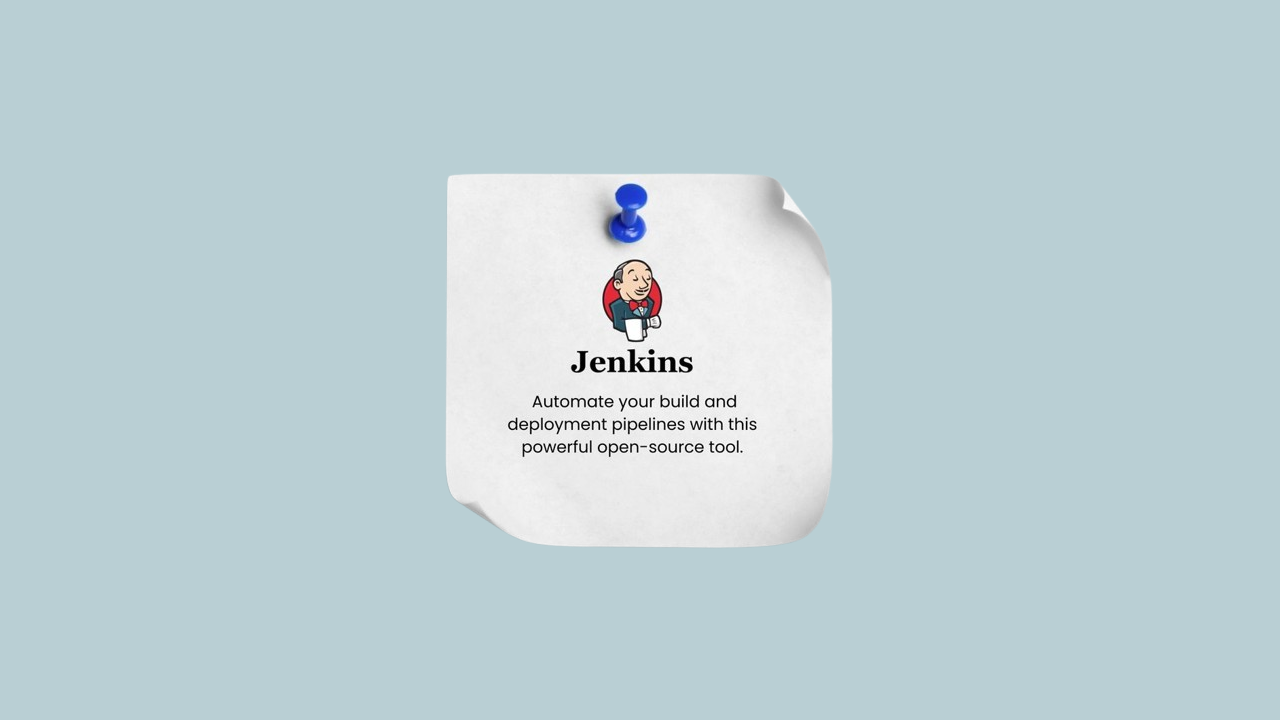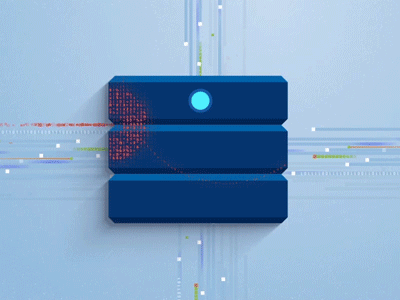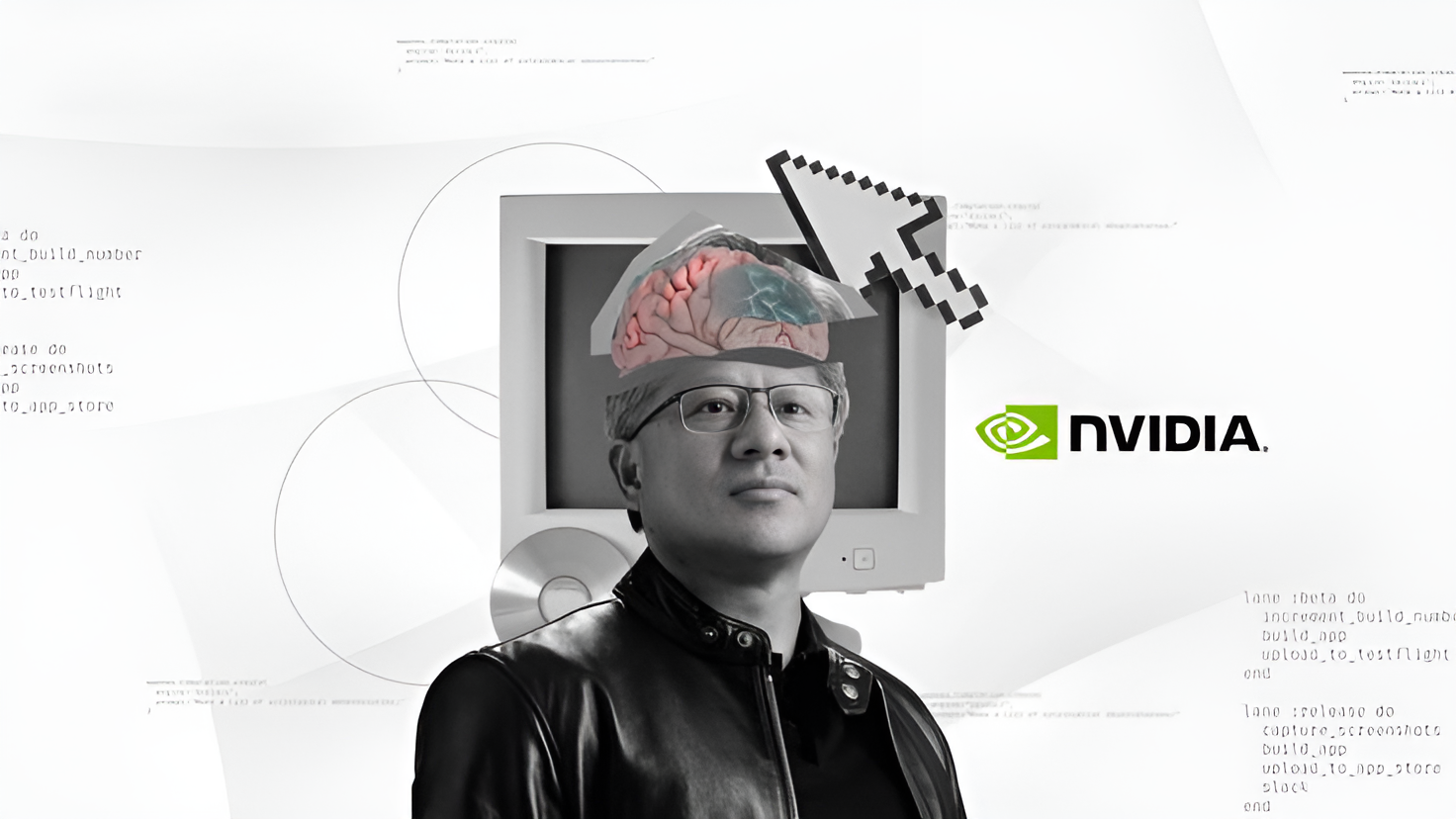Summary
The cybersecurity landscape continues to evolve at an alarming pace, with nation-state actors, supply chain vulnerabilities, and AI-driven threats dominating the conversation. This daily brief covers high-impact developments including Microsoft's warning on Russian cyber operations, a data breach at the Red Cross, and new malware strains targeting mobile and IoT platforms.
5W1H Analysis
Who
Key actors involved include Microsoft Threat Intelligence, the International Committee of the Red Cross (ICRC), SentinelOne, Kaspersky, and various state-sponsored groups such as APT29 (Cozy Bear).
What
Recent cybersecurity events feature warnings on targeted Russian operations, the exposure of sensitive humanitarian data, and a rise in modular malware threats across connected devices.
When
All developments reported between 18–20 June 2025, with Microsoft’s alert issued on June 19.
Where
Incidents span Eastern Europe, Geneva, North America, and digital infrastructure worldwide—particularly mobile and IoT systems.
Why
The surge in politically motivated attacks, coupled with under-protected digital environments, is increasing the vulnerability surface across sectors like humanitarian aid, telecom, and connected devices.
How
Nation-state operations leveraged phishing and zero-day exploits. Meanwhile, Red Cross systems were compromised through unpatched server vulnerabilities. On the malware front, attackers are deploying polymorphic code using ML evasion tactics and obscure C2 servers.
News Summary
On June 19, Microsoft issued a critical threat intelligence update outlining heightened activity from Russian-backed APT groups, particularly targeting NGOs, think tanks, and energy-sector entities. The update included new IoCs (Indicators of Compromise) and guidance for risk mitigation.
In a separate development, the Red Cross confirmed a breach involving sensitive records from conflict zones, affecting over 600,000 individuals. Investigators suspect the breach stemmed from outdated security configurations on legacy infrastructure.
Meanwhile, SentinelOne and Kaspersky reported the emergence of two major malware frameworks:
- “WormGPT”, a generative AI-backed polymorphic malware
- “ShadowSling”, a cross-platform RAT exploiting IoT firmware backdoors
Both threats indicate a significant shift towards AI-enabled offensive tools and highly persistent mobile/IoT threats.
6-Month Context Analysis
Over the past six months, cybersecurity patterns show:
- Increased nation-state cyber operations aligned with geopolitical conflict
- Mobile and IoT becoming new primary targets
- NGO and humanitarian organisations lacking modern cyber resilience
- Continued use of ML-based malware mutation techniques
Microsoft's proactive alert demonstrates the growing role of private companies in global cyberdefence efforts.
Future Trend Analysis
Emerging Trends
- AI-powered malware that rewrites itself dynamically
- Cyberattacks on NGOs and neutral humanitarian organisations
- Modular botnets targeting smart city infrastructure
12-Month Outlook
- Government-private partnerships to detect and deter state-aligned actors
- Standardisation efforts for IoT firmware and patch cycles
- Red team simulation platforms incorporating generative AI malware
Key Indicators to Monitor
- Frequency of high-profile breaches in the non-profit and NGO sectors
- Increased CISA & Microsoft nation-state alerts
- Development of AI-integrated defensive solutions from endpoint vendors
Scenario Analysis
Best Case Scenario
NGOs adopt cloud-native zero trust solutions; nation-state attacks are pre-empted through collaborative intelligence sharing.
Most Likely Scenario
State-sponsored groups continue low-intensity but persistent campaigns. IoT botnets expand but remain regionally constrained.
Worst Case Scenario
Humanitarian data breaches escalate, AI malware becomes widespread in mobile supply chains, and trust in digital infrastructure erodes.
Strategic Implications
Cybersecurity strategists must:
- Prioritise humanitarian and NGO infrastructure for patching and zero-trust implementation
- Invest in AI-powered EDR/XDR solutions to detect polymorphic threats
- Mandate firmware audits across IoT device chains
- Establish multi-sector cyber threat intelligence consortiums
Key Takeaways
- Microsoft warns of increasing Russian cyber operations via phishing and zero-days.
- Red Cross breach shows humanitarian groups are soft targets in cyberwarfare.
- WormGPT and ShadowSling highlight rise of generative and modular malware.
- AI-driven threats now extend beyond desktop to mobile and smart infrastructure.
- Sector-specific resilience planning is essential, especially for NGOs and smart city systems.
Elbette kardeşim, işte makalede geçen kaynakların Wikipedia'daki gibi numaralı ve gerçek linklerle hazırlanmış Ghost uyumlu "Sources" bölümü:
Sources
- Microsoft Threat Intelligence (19 June 2025). Russian APT Groups Targeting NGOs and Energy Sector.
- International Committee of the Red Cross (18 June 2025). Statement on Cyber Breach Affecting Humanitarian Data.
- SentinelOne Labs (20 June 2025). WormGPT: AI-Driven Malware Redefining Threat Landscape.
- Kaspersky Threat Intelligence (19 June 2025). ShadowSling: Cross-Platform IoT RAT Analysis.
- BleepingComputer (20 June 2025). Microsoft Warns About Increased Russian Cyber Ops.
- Cyberscoop (June 2025). Nonprofits Face Rising Cyber Threats with Outdated Defences.




















Discussion